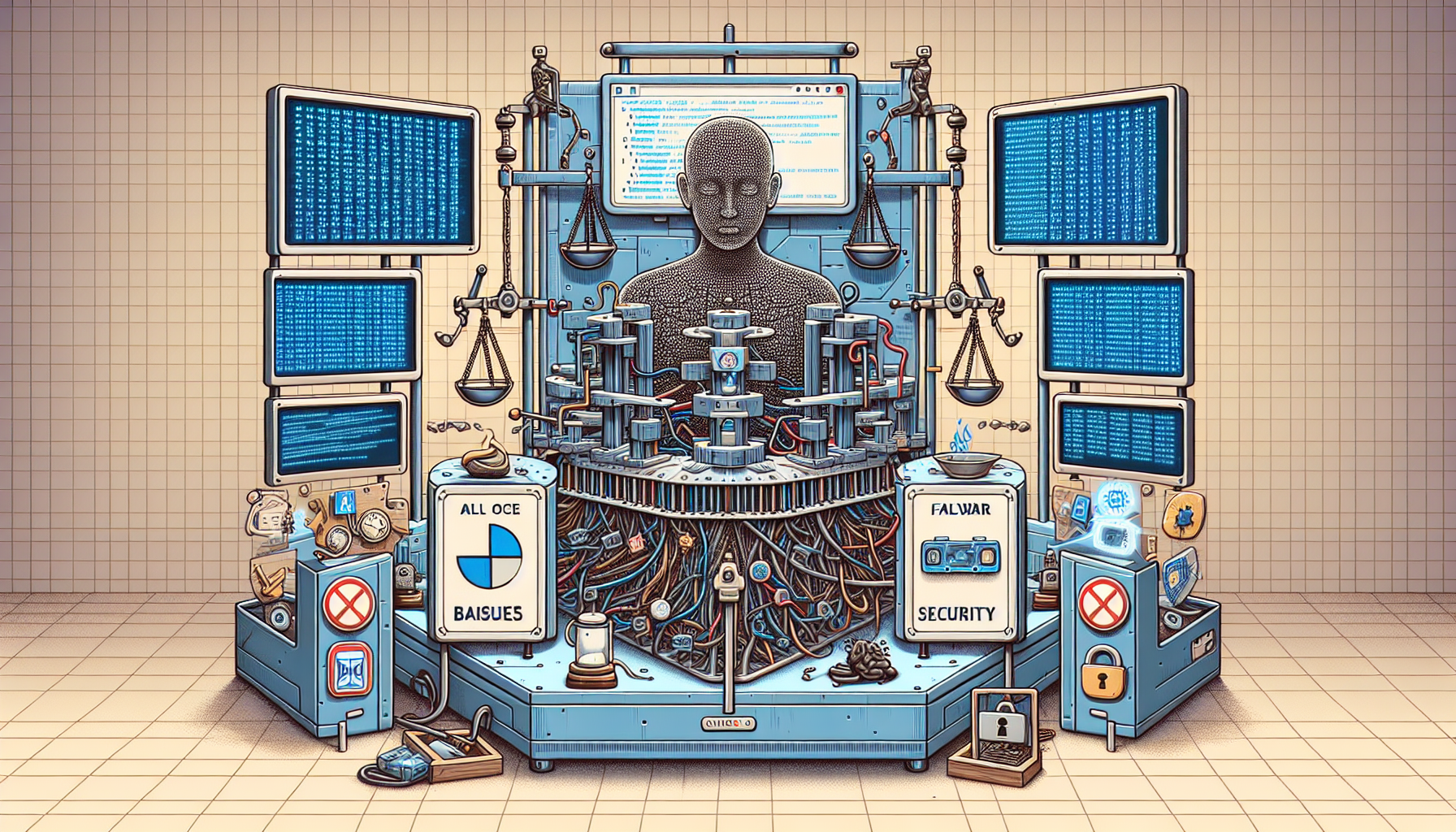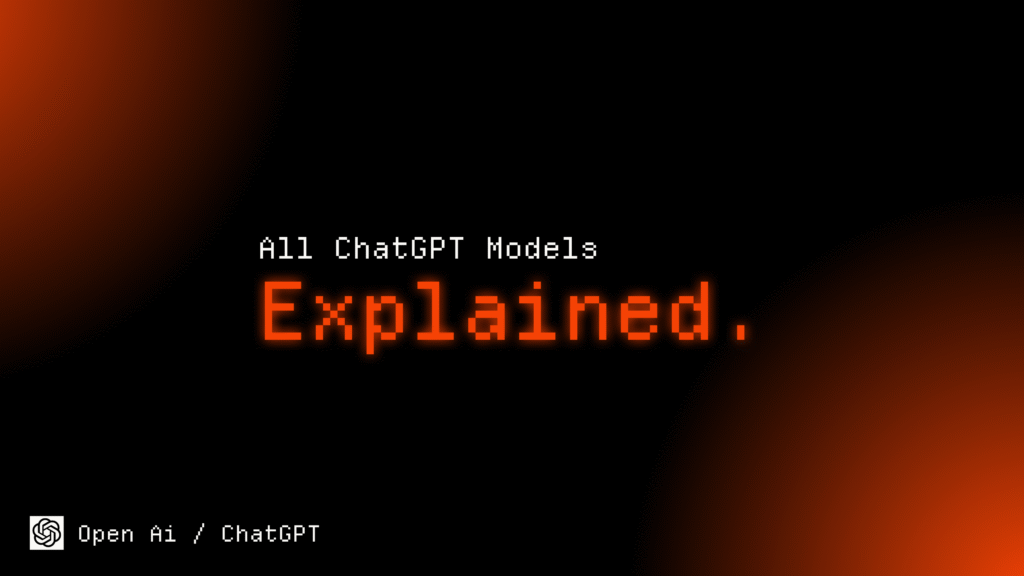Listing of all ChatGPT Models: A complete overview
The ChatGPT family has expanded significantly since its inception, leading to numerous models designed to tackle various tasks. As users increasingly rely on AI for assistance across diverse fields, understanding the different ChatGPT models becomes essential. This overview will guide you through each version, highlighting their capabilities, advantages, and possible drawbacks.
Understanding ChatGPT Models
ChatGPT models are primarily designed to generate human-like text based on extensive training data. Each model in the family offers unique features that cater to specific needs, making the choice of which model to use crucial for optimal performance.
ChatGPT-3.5: This is the first popular variant released to the public. It laid the groundwork for conversational AI, showcasing excellent performance in various tasks.
ChatGPT-4: An upgrade to its predecessor, ChatGPT-4 enhances understanding and response generation. This model builds on the success of 3.5 by providing more contextually relevant answers and expanding its task range.
Users can easily select a model in the ChatGPT interface, making it convenient to switch according to task requirements.

Choosing a Model: Factors to Consider
Selecting the right ChatGPT model can be daunting with the plethora of options available. Here are some crucial factors to consider:
- Task Complexity: Different models excel at various tasks. For instance, GPT-4 is better suited for complex queries, while GPT-3.5 handles simpler tasks efficiently.
- Response Time: If speed is critical, GPT-3.5 is known for its faster response times, making it ideal for real-time applications.
- Cost Considerations: Many models, especially the more advanced like GPT-4, may have associated usage costs. Understanding your budget will help determine the best option for your needs.
Understanding these factors ultimately allows users to maximize their efficiency when using ChatGPT models.
Detailed Breakdown of Each Model
Let’s delve deeper into the unique characteristics of each model:
ChatGPT-3.5
This model was pivotal in bringing conversational AI to mainstream applications. Its features include:
- Smart Comprehension: Utilizes state-of-the-art technology for language understanding.
- Versatile Usage: Can perform multiple tasks such as writing, summarizing, and translating.
- User-Friendly: Designed for accessibility by both technical and non-technical users.
ChatGPT-4: Enhanced Capabilities
The introduction of ChatGPT-4 marked a significant advancement in conversational AI. Here are its key attributes:
- Amplified Intelligence: This model demonstrates superior understanding and generation of text.
- Context Awareness: Better at engaging in extended conversations, recognizing context shifts.
- Wider Range of Tasks: Capable of tackling more complex topics and multifaceted queries.

Advanced Features of ChatGPT-4
ChatGPT-4 is more than just an upgrade; it integrates advanced functions that make it valuable for various applications:
Multi-Lingual Support
This model can understand and respond in multiple languages, making it ideal for global applications. Users can communicate in their preferred language while still receiving accurate responses, thus facilitating international collaborations.
Better Contextual Understanding
The ability to remember previous interactions improves the relevance of responses significantly. ChatGPT-4 remembers key details from conversations to provide cohesive and contextually appropriate answers.
Integration of Plugins
More functionality can be achieved by integrating plugins that enhance the user experience and the breadth of tasks that the model can perform. These plugins include anything from productivity tools to specialized data processing.
Risks and Challenges Associated with ChatGPT Models
As with any powerful technology, ChatGPT models come with inherent risks and challenges:
Bias in AI Responses
Even though great care has been taken to mitigate bias in ChatGPT models, instances can still occur where the model produces biased or inappropriate responses. This is due to the underlying data used for training, which may unintentionally include societal biases. Continuous monitoring and updates are essential to minimize these issues.
Over-Reliance on AI
Users might become overly dependent on AI for decision-making, leading to challenges in critical thinking and problem-solving skills. It’s vital to strike a balance between using AI and maintaining human oversight.
Security and Privacy Concerns
Since the models process vast amounts of data, ensuring user privacy and data security is paramount. Safeguards must be in place to protect sensitive information from being misused or accessed unlawfully.
Many entities are concerned about how to manage these risks effectively, leading to ongoing research in this field.

Future of ChatGPT Models
The evolution of ChatGPT models is expected to continue, with ongoing research aimed at producing even more robust models:
Emerging Technologies
As technology advances, new architectures may emerge that enhance the operational capabilities of ChatGPT models. This could lead to breakthrough improvements in speed, efficiency, and response accuracy.
Community Involvement
Increasing collaboration between developers, researchers, and end-users can yield valuable insights and suggestions for improvements, ensuring the models remain relevant and effective.
Regulatory Compliance
With the rise of AI usage, regulatory frameworks are gradually being established. Future ChatGPT models will need to comply with these regulations, balancing innovation with ethical considerations.
Conclusion and Key Takeaways
The ChatGPT models represent a significant advancement in artificial intelligence. Understanding their unique features, potential risks, and future developments will equip users to utilize these technologies optimally. To stay ahead in this rapidly developing field, continuous learning and adaptation are crucial.

